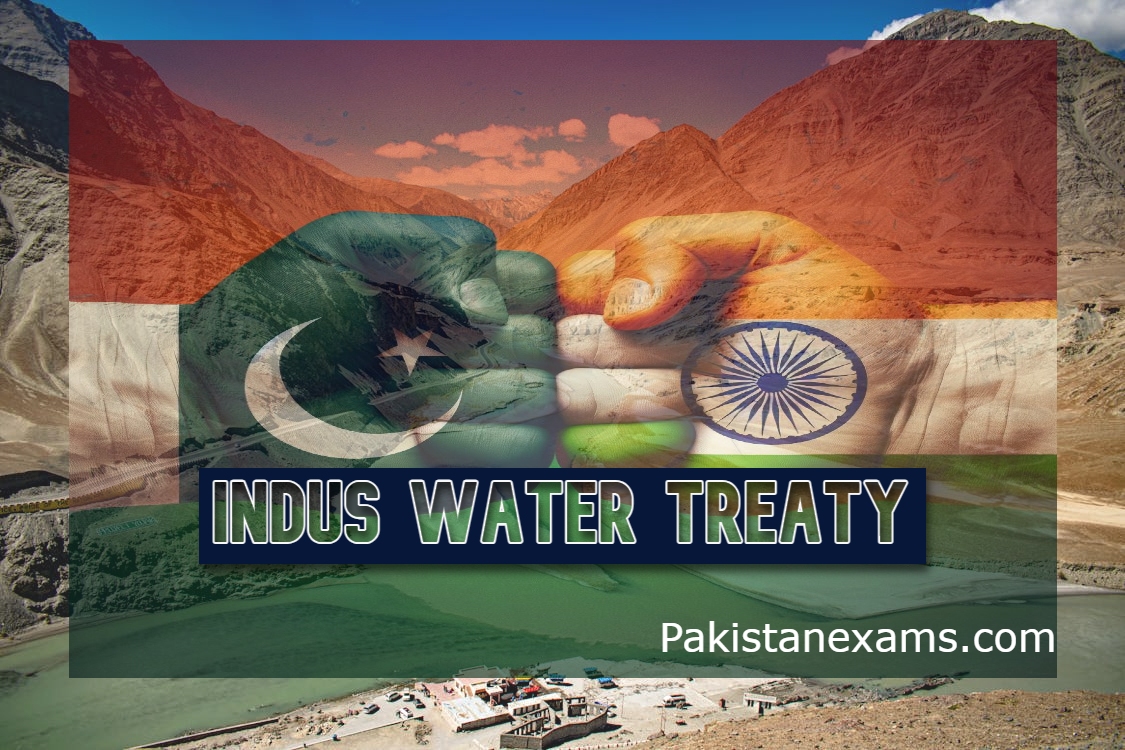Introduction
After the partition of British India, India used water as a weapon against Pakistan. In 1948, India halted water flow from the rivers that nourished Pakistan’s lands. This action had significant implications for agriculture, livelihoods, and ecosystems downstream. It was one of the initial problems of the Pakistan. The World Bank decided to resolve this issue to avoid any major conflict between these two nations. The Indus Waters Treaty (IWT) stands as a remarkable achievement in international diplomacy, forged between India and Pakistan in 1960. This water-distribution treaty, brokered by the World Bank, aims to regulate the utilization of water resources from the mighty Indus River and its tributaries.
Key Provisions:
- Signatories:
- The treaty was signed in Karachi on September 19, 1960, with then-Indian Prime Minister Jawaharlal Nehru and Pakistani President Ayub Khan putting pen to paper.
- River Allocation
- Eastern Rivers: India was allocated control over the waters of the three “eastern rivers” — the Beas, Ravi, and Sutlej. These rivers, with a combined annual flow of 41 billion cubic meters, primarily flow through Indian territory.
- Western Rivers: Pakistan gained control over the waters of the three “western rivers” — the Indus, Chenab, and Jhelum. With an annual flow of 99 billion cubic meters, these rivers predominantly traverse Pakistani land.
- Water Sharing:
- India received approximately 30% of the total water carried by the Indus system within its borders, while Pakistan secured the remaining 70%.
- The treaty permits India to use the western river waters for limited irrigation and unlimited non-consumptive purposes such as power generation, navigation, and fish culture.
- Regulations and Cooperation:
- The treaty lays down detailed regulations for both Pakistan and India regarding building projects over the rivers.
- Both countries recognize their rights and obligations for optimal water use from the Indus system, fostering goodwill and cooperation.
- Security Concerns:
- Although the treaty isn’t directly tied to security matters, Pakistan, as a downstream nation, remains wary. In times of conflict, there are fears that India could manipulate water flow, causing floods or droughts in Pakistan.
- Peaceful Coexistence:
- Remarkably, since the treaty’s ratification, India and Pakistan have avoided water wars despite several military conflicts.
Conclusion
The Indus Waters Treaty stands as a testament to cooperation amid historical tensions. It allocates the rivers between India and Pakistan, recognizing their shared dependence. While the 1948 war highlighted water’s strategic role, the treaty remains a lifeline for both nations.
Test Your Knowledge
Hello Visitor! I hope you have found this article helpful. Now check your knowledge by answering the following questions given below.
- What do you know about the Indus Water Treaty?
- Who conducted the Indus Water Agreement between Pakistan and India?

